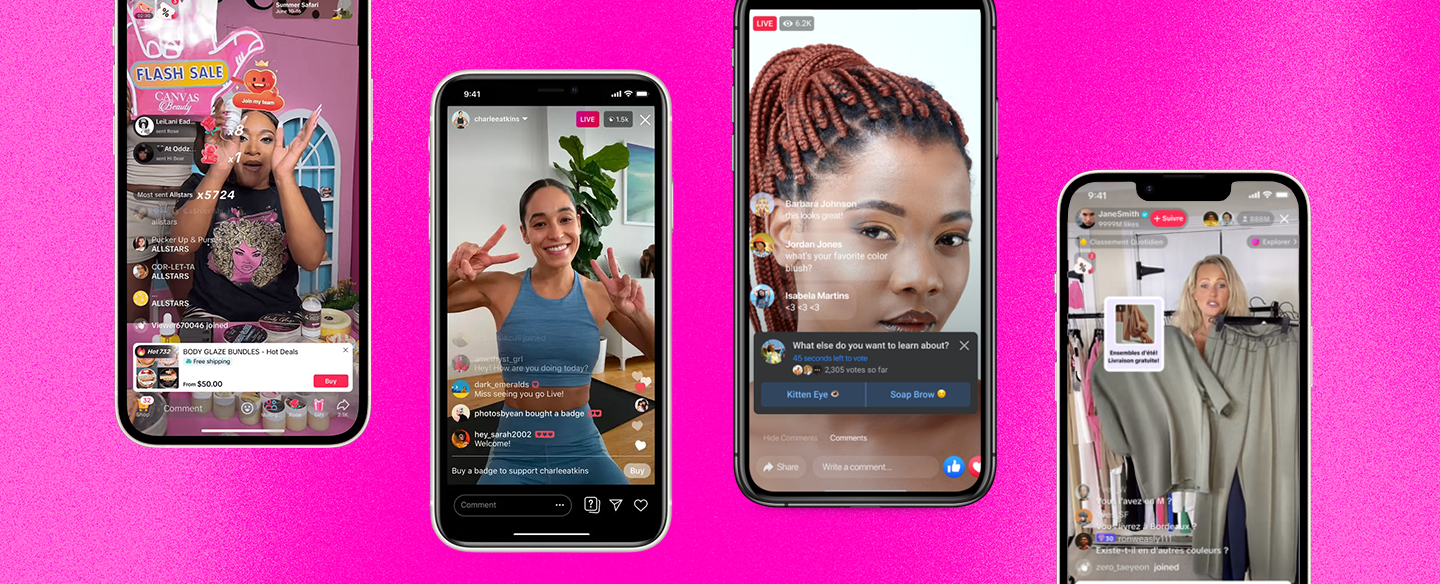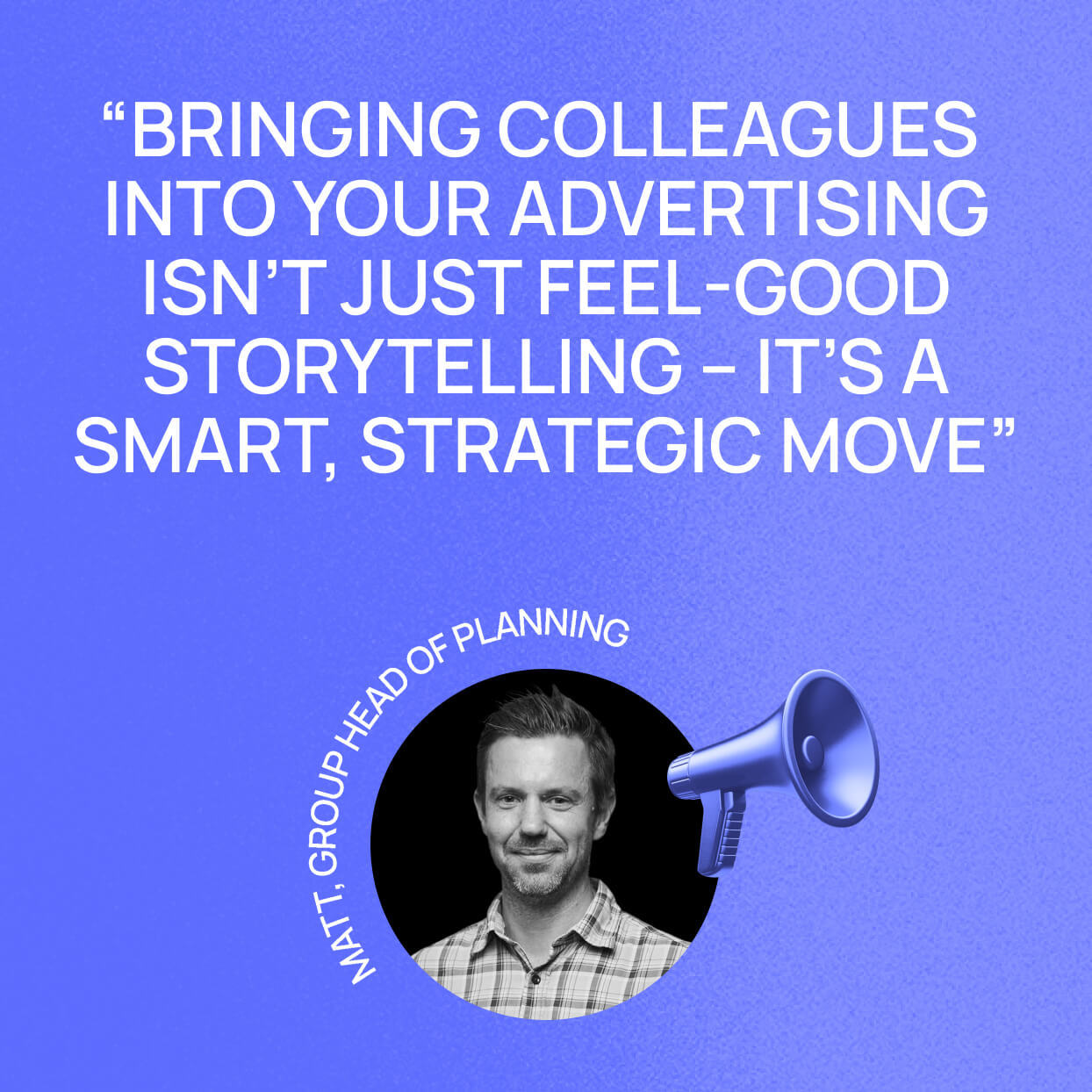HFSS Can Ban Your Ads, But It Can’t Ban Your Fans
Written by Owen Farrington, Managing Director, krow social
Let’s be blunt: the new HFSS legislation is designed to make “unhealthy” food brands invisible. No more prime-time TV spots. No more sugar-laden products perched conveniently at checkout. In theory, fewer reminders equal fewer purchases, and fewer purchases equal slimmer waistlines.
It’s a tidy equation. It’s also a fantasy.
Why? Because people don’t just eat what’s put in front of them. They eat what they love. And love, unlike shelf space or pre-roll ads, cannot be legislated away.

Love beats regulation
For decades, food brands got by on sheer ubiquity. If you were on end-of-aisle promo at Tesco or before the X Factor results, you were halfway into someone’s trolley already. HFSS throws sand in those gears.
But here’s the thing: the brands that matter most in our lives never depended on proximity alone. Nobody has to remind a Coca-Cola loyalist that Coke exists. No regulation could ban the way a certain chocolate bar makes you feel at 3pm on a rainy Tuesday. That’s fandom. That’s brand love. And it’s the one asset government regulators can’t legislate.
Social media isn’t a billboard, it’s a stage
Most marketers are still treating social media like a cheaper TV spot: a place to shove out glossy 15-second edits. That misses the point entirely. Social is not a billboard, it’s a venue. Think less Piccadilly Circus, more the O₂ Arena.
Platforms like TikTok, YouTube and Instagram aren’t just channels, they’re broadcast studios in your pocket. They let brands host live moments, collaborate with fans, and turn followers into participants rather than passive viewers.
Take Ramp’s recent campaign with Brian Baumgartner, better known as Kevin from The Office. Instead of running another expense-automation ad, they set him up in a transparent “office” box in New York’s Flatiron Plaza, livestreamed his first day at work, and invited both passers-by and online audiences to watch. The stunt unfolded like theatre: people filmed it, shared it, commented on it, and carried the story far beyond Ramp’s own feeds.

That’s the essence of modern marketing. The power isn’t in the post itself, it’s in the crowd that gathers around it. Great social content doesn’t end with publish, it begins with play.
Think about trending content: one person seeds a concept, then thousands of others layer on their own voices, reactions, and remixes. The brilliance isn’t in the spark, it’s in the chorus that follows. That’s what a great TikTok LIVE feels like: the brand sets the rhythm, but the community keeps the beat alive. Try legislating that out of existence.
The hard truth about fandom
Here’s the inconvenient truth: you cannot hack fandom. You can’t slap a hashtag on your product packaging and expect a cult to form. Real brand love is earned the long way: through consistent storytelling, a recognisable voice, and a willingness to give some control to your audience.
That’s why you’ll see comments like “the intern needs a raise” under the best brand posts, people are applauding the human behind the handle. It’s a wink to the idea that someone, not some strategy deck, made them laugh. When the voice feels real, audiences connect with the person first and the company second and that’s when fandom starts to stick.
Ryanair’s TikTok leans into sarcasm and self-deprecation so well that every post draws comments like “give the intern a raise” proof that fans are rooting for the personality, not the brand.
That’s uncomfortable for a lot of marketers, especially those trained in the safety of controlled media buys. But in a world where your logo can be pushed off the shelf, the only safe harbour is in the hearts (and feeds) of people who want you there.

What brand managers should do now
Enough theory. If you’re managing a brand facing HFSS restrictions, here’s how you can put this into practice:
Find your superfans and spotlight them
Don’t just count followers; identify the people already remixing your product into memes, recipes, or rituals. Feature them, reward them, let them lead. Fandom is contagious when it feels authentic.
Treat Live as your Saturday night slot
Schedule TikTok Live events, Instagram Live Q&As, or spontaneous taste tests. Think of these as your new “prime-time” moments, only without the price tag of a 30-second TV buy.
Lean into cultural adjacency
If you can’t win at the point of sale, win at the point of culture. Your product doesn’t need to be on the end of the aisle or the front of the menu board if it’s already front of mind in music, gaming, or fashion spaces where your fans hang out.
Invest in narrative, not noise
Traditional media buys may be shrinking, but your story can expand. Document your sourcing, highlight your people, make memes of yourself. If you give fans material, they’ll do your advertising for you.
Measure love, not just reach
Track shares, comments, and time spent in Live, not just impressions. The new currency is depth of engagement, not raw exposure.
The bottom line
HFSS is a blunt instrument. It will trip up the brands that confuse ubiquity for loyalty. But if you’ve done the work of cultivating real fans, people who don’t just consume your products but identify with them, then you’ve already built an advertising channel that no regulator can touch.
The advertising shelf might get smaller. The community can get louder. And in the end, love is a far better business model than visibility.

Related articles

Steps to sustainable advertising: making creative excellence green
Discover how we’re cutting emissions in krow London's 2024 Environmental Impact Report
Find out more
Are employees your most valuable media channel?
Find out how staff advocacy builds trust, credibility and lasting customer connections.
Read more

